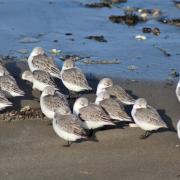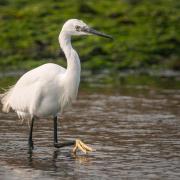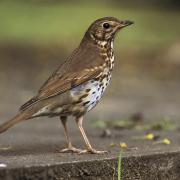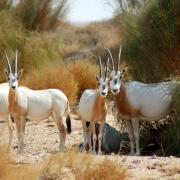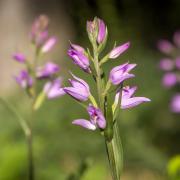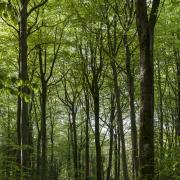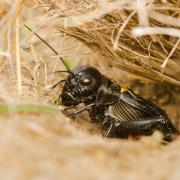The county is lucky enough to be home to all the UK’s native species | Words: Hannah Graves

Britain is home to six native species of reptiles, and here in Hampshire we are lucky enough to have all of them.
You’ve probably heard of grass snakes, adders, common lizards and slow worms and you may even have seen some of them, but did you know that Hampshire’s sandy heathlands are one of a few locations in the UK where the rarest of scaly creatures – smooth snakes and sand lizards – can be found?
Preferred habitats vary between each of the six species, but generally they like areas of grassland to hunt in with scrubby cover nearby and can often be spotted basking in the sun to warm up.
Reptiles make fantastic indicator species when looking at the condition of a habitat. They are hunters, which means that for them to survive, other animals lower down on the food chain need to be doing well.

They also generally prefer undisturbed, good quality habitat, so if you have a healthy reptile population you can be fairly confident you have a healthy ecosystem.
Helpfully, reptiles are very easy to survey and monitor due to their need to bask in the sun and, unlike many species, they can all be identified easily by sight alone, so there is no need to catch them. For example, adders have unmistakable zig-zagged scales, while sand lizards stand out with their brown patterned backs – especially the males who also develop striking green flanks.
If you put out a sheet of corrugated iron or roofing felt in a sunny grassy spot near some cover, nearby reptiles will find it and use it to warm themselves up in the morning. The warming process can take a while which gives surveyors the chance to see and count them.
If this is done regularly over the spring and summer, and at multiple locations in an area, you can build up a very good picture of the population. If done over several years you can also see changes in these populations, and you can use this information to monitor changes to the habitat.
If the population of reptiles is steadily declining perhaps so is the quality of the habitat, so you might need to improve it in some way remembering that each reptile has slightly different requirements. If the population is increasing, that’s a good sign that the land is being managed successfully.
So next time you see a reptile basking lazily in the sun, take a moment to stop and admire these helpful little creatures.






